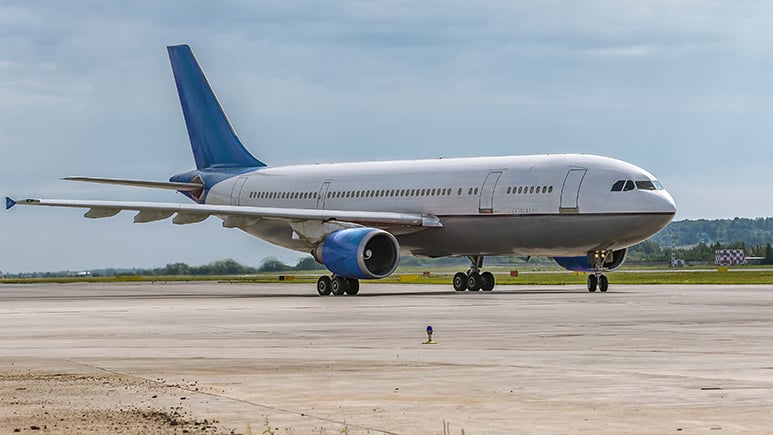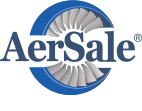From regularly scheduled air carriers to manned free balloons and drones, the Federal Aviation Administration (FAA) regulates the activity of a wide variety of aircraft in order to ensure safe skies. These Federal Aviation Regulations, called FARs, are part of Title 14 of the Code of Federal Regulations (CFR). As an operator, you must adhere to airworthiness standards as dictated by your part number under 14 CFR.
Part 121 carriers, for example, are regularly scheduled air carriers such as large U.S. airlines, cargo operators, and regional air carriers. Part 91 carriers are private operators, while foreign air carriers and foreign registered operators of U.S. aircraft fall into Part 129. On-demand and commuter operators adhere to regulations under Part 135. Aircraft certified under 14 CFR Part 25 must comply with the airworthiness standards for airplanes in the transport category.
Here’s a quick summary of what operators need to know about complying with airworthiness standards under CFR Part 25.
What types of aircraft are certified under CFR Part 25?
The airworthiness standards outlined in CFR Part 25 apply to aircraft in the transport category. The term “transport,” widely used by aviation regulatory bodies in the U.S., Canada, and Europe, is typically used to describe large civil airplanes or helicopters. Under the FAA’s regulations, transport category aircraft can fall into one of two categories: jets with at least 10 seats or a maximum takeoff weight (MTOW) above 12,500 pounds; or propeller aircraft with either more than 19 seats or an MTOW above 19,000 pounds. Transport category aircraft are designed and certified under CFR Part 25 and Part 26, while transport category helicopters fall under Part 29.
The Airbus 319, 320, and 321 aircraft series and the troubled Boeing 737 MAX are all type certified according to FAR Part 25.
What regulations are set forth in CFR Part 25?
In addition to setting forth general regulations, CFR Part 25 includes “subparts” spanning flight, structure, design and construction, powerplant, equipment, operating limits, and electrical wiring. In all, CFR Part 25 features more than 1,800 individual regulations (read the full text here). If you’re seeking a quick primer, it’s most important to understand the topic areas covered, which we’ve outlined below with hyperlinks to each subpart.
- General: Applicability, special retroactive requirements, special provisions for ETOPS type design approvals, incorporations by reference
- Flight: Performance, controllability and maneuverability, trim, stability, stalls, ground and water handling characteristics, miscellaneous flight requirements
- Structure: Flight loads, flight maneuver and gust conditions, supplementary conditions, control surface and system loads, ground loads, water loads, emergency landing conditions, fatigue evaluation, lighting protection
- Design and Construction: Control surfaces, control systems, landing gear, floats and hulls, personnel and cargo accommodations, emergency provisions, ventilation and heating, pressurization, fire protection, miscellaneous
- Powerplant: Fuel system, fuel system components, oil system, cooling, induction system, exhaust system, powerplant controls and accessories, powerplant fire protection
- Equipment: Instruments installation, electrical systems and equipment, lights, safety equipment, miscellaneous equipment
- Operating Limitations: Operating limitations, markings and placards, airplane flight manual
Do U.S. carriers have to comply with the FTFR rule?
Passed by the FAA in 2008 after the TWA 800 accident that resulted in more than 200 fatalities, the Fuel Tank Flammability Reduction (FTFR) rule applies to passenger aircraft flying within or into the U.S. and operating under FAR parts 121, 125, and 129. Under the FTFR rule, these aircraft must reduce the risk of fuel tank flammability through one of two solutions: a flammability reduction means such as nitrogen inerting or an ignition mitigation means.
To help air carriers and other affected operators achieve FTFR rule compliance, AerSale® developed AerSafe®: a proprietary fuel tank ignition mitigation solution approved by the FAA for Airbus 319, 320, and 321 series, and Boeing 777-200, 767, 737 NG, and 737 Classic series aircraft.
Learn how AerSafe can help operators achieve FTFR rule compliance with less downtime and lower costs.
About AerSale
A global aviation leader, AerSale specializes in the sale, lease, and exchange of used aircraft, engines, and components, in addition to providing a broad range of maintenance, repair, and overhaul (MRO) services and engineering services for commercial and governmental aircraft and components. AerSale also offers asset management services to owners of end-of-life aircraft and engine portfolios. Headquartered in Coral Gables, Florida, AerSale maintains offices and operations in the United States, Europe, and Asia. For more information on how AerSale can exceed your MRO requirements and keep your aviation assets functional and profitable from first flight to final flight, visit www.aersale.com or contact us.
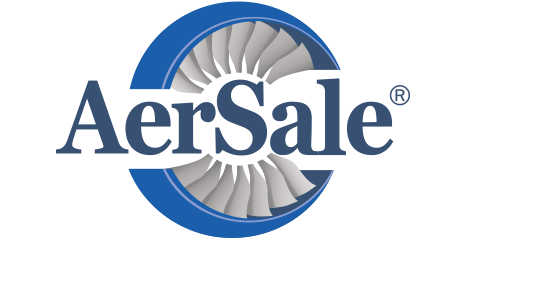
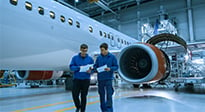
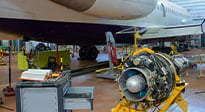
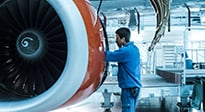
 OUTSTANDING PEOPLE AND CAPABILITES
OUTSTANDING PEOPLE AND CAPABILITES

